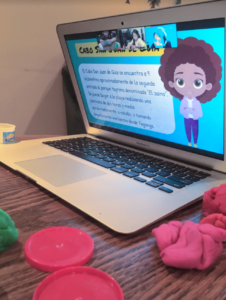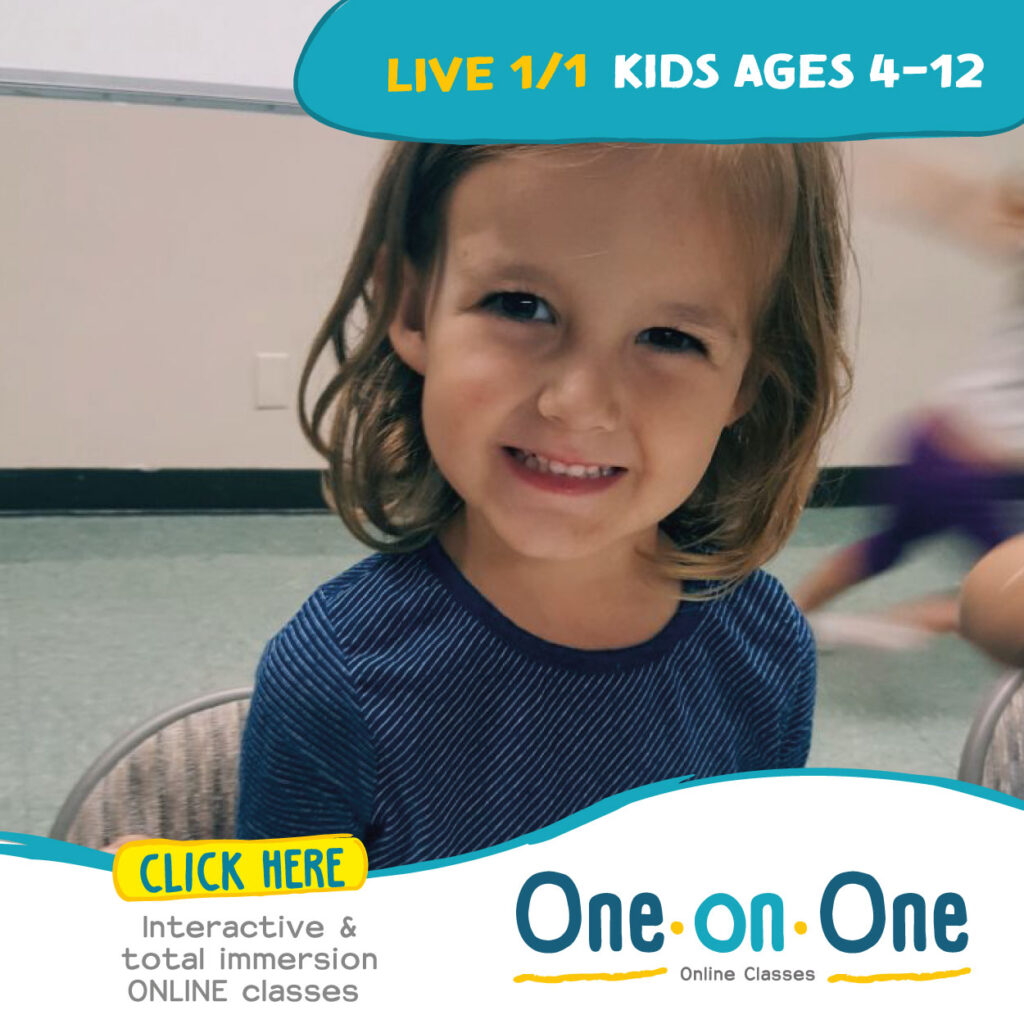Enough of these hyper-exaggerated claims based on weak evidence to force the narrative a company wants to sell. Give me that hard evidence, that in-depth, detailed research that seeks to understand what is, not what we want it to be. For those wanting to know what research says about language immersion, I present to you a four year case study conducted on over 25,000 students in 12 schools in Portland, Oregon.
The Study:
The Study of Dual-Language Immersion in the Portland Public Schools is a four-year study undertaken by RAND, the American Councils for International Education, and the Portland Public Schools with funding by the U.S. Department of Education’s Institute for Education Sciences (grant #R305E120003). The study examines the effects of dual-language immersion (DLI) on student achievement. The study’s goals are to 1) estimate the causal impact of immersion education on student achievement in mathematics, English language arts, and science, 2) examine how this effect differs for native English speakers versus native speakers of other languages.
The Samplings:
The study includes 27,741 students who enrolled in kindergarten in Portland Public Schools in 2004-05 through 2010-11. These students’ academic performance on the Oregon Assessment of Knowledge and Skills (OAKS) was tracked in reading, mathematics, and science through 2013-14, meaning that the youngest cohort was tracked through grade 3, and the oldest two cohorts through grade 8. Within the sample, our main focus was on 1,625 students who were randomized to immersion or a control group via Portland’s immersion pre-K and kindergarten immersion lotteries in 2004-05 through 2010-11.
The Results:
- Students randomly assigned to immersion outperformed their peers in English reading by about 7 months in grade 5, and about 9 months in grade 8.
- We find no statistically significant benefit, but also no detriment, for math and science performance.
- We find suggestive but not statistically significant evidence that the immersion benefit in reading is higher for students in Spanish immersion programs, and that math benefits are higher for students in the less-commonly-taught languages (Japanese, Mandarin, and Russian).
- We find no clear differences in immersion effects by native language. Reading effects for students whose native language matches the classroom partner language appear as high as or higher than for Native English speakers.
- English Language Learners (ELLs) randomized to immersion programs have a 3 point higher rate of becoming English proficient by sixth grade, and this effect is larger (14 points) if students’ native language matches the classroom partner language.
- On average, immersion students reach intermediate levels of partner-language proficiency by grade 8, with somewhat higher performance in Spanish and Chinese (intermediate mid-to-high) than in Japanese (intermediate low-to-mid)
As a parent or guardian, we know you want the best for your student/child and are putting in time and effort to research the various claims of Language Immersion and Bilingualism. Here at Cultural Bytes, we make it our mission to provide a safe and effective learning environment where students are immersed in the target language in a variety of stimulating manners (games, crafts, culture, and so much more!). If you think such a program could benefit your child, check out our In Person or Online classes.
For further reading:
- Advantages of Having Bilingual Children
- How Learning Two Languages Affects a Child’s Development
- Benefits of Bilingualism
- Myths of Bilingual Children
Information for the Portland school study taken from the following articles:
- Study of Dual-Language Immersion in the Portland Public Schools Year 4 Briefing: November 2015
- Dual-Language Immersion Programs Raise Student Achievement in English







